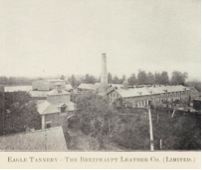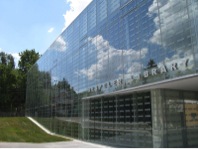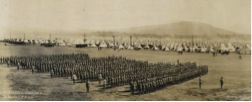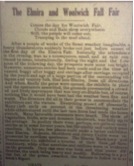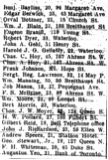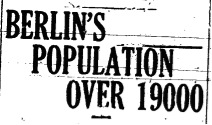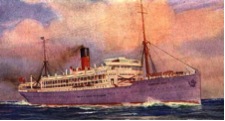Several articles were published addressing the English and Germanic background of the Waterloo Region during the first months of the war. A Berlin Daily Telegraph article explained, on 15 October, that regardless of one’s background, everyone was fighting for Great Britain and the King. The article made it clear that those of German origin or background should not be separated from English-Canadians and would fight for the British Empire through labour on the homefront or service on the frontlines. The picture below shows the local Breithaupt family’s tanning factory. The Breithaupts, who were of German heritage, began producing materials for British forces just weeks after the war began.
(Photo courtesy of Waterloo Generations, http://generations.regionofwaterloo.ca; “Loyalty to the Crown,“ Berlin Daily Telegraph, 15 October 1914)
